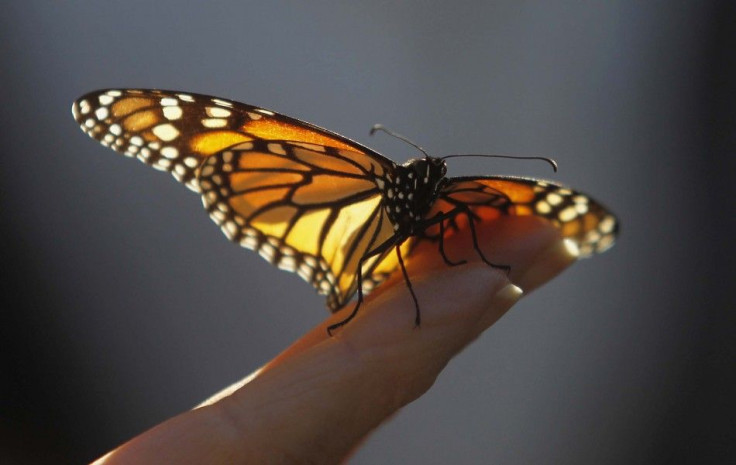A Very Rare Half-Male, Half-Female Butterfly Species Has Been Spotted In Museum

At a butterfly exhibit at Drexel University in Philadelphia, a volunteer, Chris Johnson spotted a strange butterfly. The butterfly had different wings on the right and left. Upon a closer look, he found that the butterfly was half male and half female.
Johnson is a retired chemical engineer, originally based in Swarthmore, Pennsylvania. He was a volunteer for the university's Academy of Natural Sciences and was preparing for the exhibit called "Butterflies!" According to Discovery News, Johnson saw the butterfly while it was emerging from the cocoon and began spreading its wings. It was this sight that enabled him to understand the unique characteristics of this rare butterfly. There were stark differences between the wings on either side of the butterfly. The sight gave him "goose bumps," Johnson explained.
He found that the right wings were that of a female ad they were larger than the right, which was a typical characteristic of the female butterfly. The wings were brown with spots of yellow and white on it. The left wings were unique to male butterflies; they were comparatively smaller and darker and had spots of varied colours, them being green, blue and purple.
He described the incident and stated that when he saw the dramatic difference in the wings he was shocked and it became clear as to what the butterfly was. A rare spectacle indeed, Johnson stated that it was perfect.
"The butterfly was determined to be Lexias pardalis, commonly known as "brush-footed" butterflies and its condition is called bilateral gynandromorphy," reported Discovery News. Entomology Collection Manager and lepidopterist Jason Weintraub explained the condition, which is seen in birds and butterflies and the difference can be noted only through the differential colours on the wings. This is because male and females have different wing coloration. The condition occurs due to "an error" in the division of chromosomes during early development, he stated. In species that look almost identical, the condition cannot be identified easily and so scientists do not really known how rare it is.
Live Science reported that the butterfly was brought in a shipment of pupa from a farm in Malaysia. The butterfly is found in the rainforests of Southeast Asia.
The butterfly has been preserved and pinned. It will be on display from Jan. 17 to Feb. 16 at Drexel's Academy of Natural Sciences.
View pictures of the Lexias pardalis, here.




















